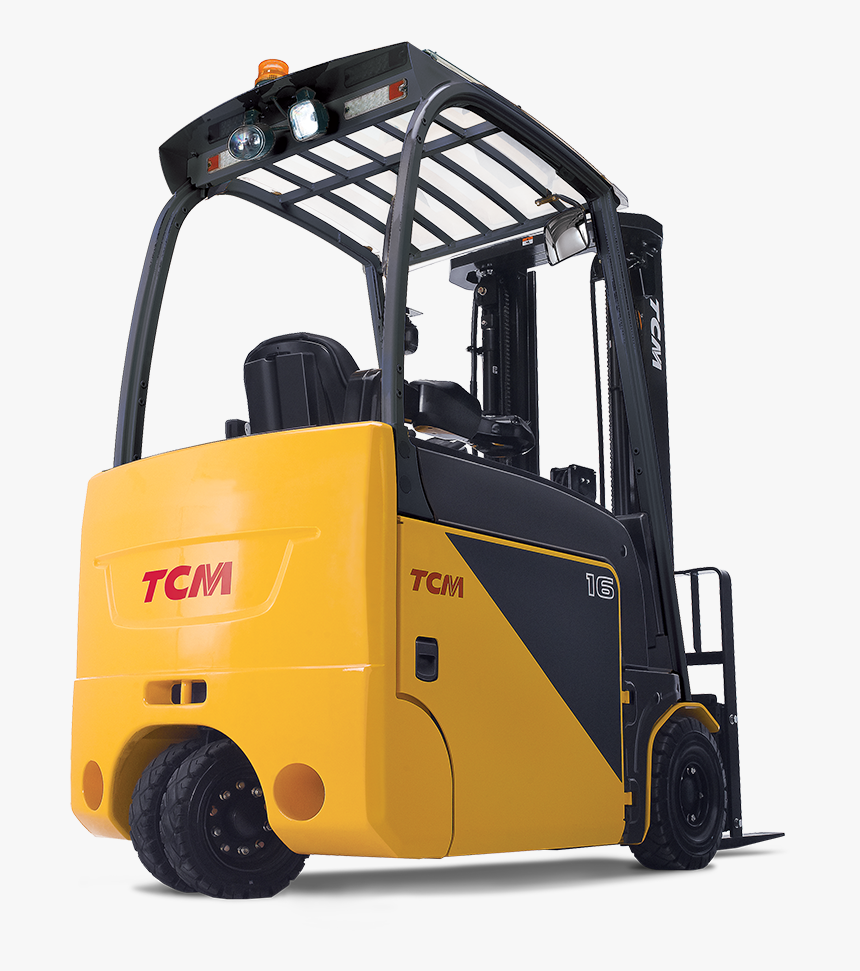Understanding the Forklift Supply Chain: From Manufacture to Delivery
Understanding the Forklift Supply Chain: From Manufacture to Delivery
Blog Article

The forklift supply chain is a critical component of modern logistics and material handling industries. Understanding this supply chain requires a closer look at the role of forklift manufacturers, who serve as the crucial starting point for delivering these essential machines to businesses around the world. From the initial design and production processes to final delivery, forklift manufacturers play a pivotal role in ensuring that the right equipment reaches the right customers efficiently.
As industries continue to evolve and demand for material handling solutions increases, the importance of a well-structured supply chain becomes even more evident. Forklift manufacturers must navigate various challenges, including sourcing quality materials, managing production schedules, and maintaining strong relationships with suppliers and distributors. By grasping the intricacies of the forklift supply chain, we can appreciate the significant efforts that go into bringing these vital machines from conception to the loading dock.
Manufacturing Process of Forklifts
The manufacturing process of forklifts begins with the design phase, where engineers create detailed specifications and prototypes. This initial stage involves careful consideration of factors such as lifting capacity, fuel type, safety features, and ergonomics. Advanced software tools are often utilized to simulate performance and assess potential challenges, ensuring that the final product meets the demands of various industries.
Once the design is finalized, the production process shifts to sourcing and fabricating materials. High-quality steel and other durable components are essential for building reliable forklifts. The production facility is equipped with modern machinery that cuts, shapes, and assembles parts with precision. Robotics and automation play a significant role in streamlining manufacturing, enhancing speed, and maintaining consistency in the production line.
After the components are manufactured, the assembly process begins. Skilled workers come together to put the various parts together, from the chassis to the engine and the lifting mechanism. This stage also includes rigorous testing to ensure safety and performance standards are met. Quality control measures are implemented throughout the assembly line to identify and rectify any defects before the forklift is ready for delivery. This meticulous approach ensures that every forklift leaving the factory is equipped to handle the demands of its intended environment.
Supply Chain Logistics
Commercial Electric Forklift Supplier
Efficient supply chain logistics are crucial for forklift manufacturers to ensure timely delivery and meet customer demands. This involves the careful coordination of various processes, including sourcing raw materials, production planning, inventory management, and distribution. Manufacturers must work closely with suppliers to secure high-quality components, while also keeping an eye on costs and lead times to remain competitive in the market.
Transportation plays a pivotal role in the logistics of forklift manufacturing. Once the forklifts are assembled, they need to be transported to dealerships or directly to customers. This requires a well-organized network of logistics providers, including trucking companies, shipping lines, and freight forwarders. Manufacturers often utilize multiple modes of transportation to optimize delivery routes and ensure that products arrive safely and on schedule.
To enhance efficiency, forklift manufacturers are increasingly adopting technology solutions such as supply chain management software and real-time tracking systems. These tools help streamline operations, improve visibility throughout the supply chain, and enable manufacturers to respond quickly to any disruptions or changes in demand. By investing in advanced logistics capabilities, forklift manufacturers can better serve their customers and maintain a competitive edge in the industry.
Delivery and Distribution Channels
The delivery and distribution channels for forklift manufacturers play a crucial role in ensuring that products reach their intended customers effectively and efficiently. These channels often include a combination of direct sales, dealership networks, and online platforms. Manufacturers may opt for direct sales to large enterprises looking to purchase multiple units, allowing for customizations and bulk pricing. On the other hand, dealerships provide localized support and service, making it easier for smaller businesses to access forklifts and relevant services.
Logistics providers are also integral to the delivery process. They coordinate the transportation of forklifts from manufacturing plants to various distribution points, ensuring that products arrive in good condition and on time. Efficient logistics management is essential to avoid delays and to keep costs in check. Some manufacturers invest in their own logistics capabilities, while others partner with third-party logistics providers to enhance their distribution efficiency.
In recent years, the rise of e-commerce has influenced how forklift manufacturers approach distribution. Online sales platforms allow customers to explore options, place orders, and arrange for deliveries with greater convenience. This shift towards digital channels requires manufacturers to adapt their marketing strategies and maintain an effective inventory management system to meet the growing demand for online purchases while ensuring timely deliveries.
Report this page